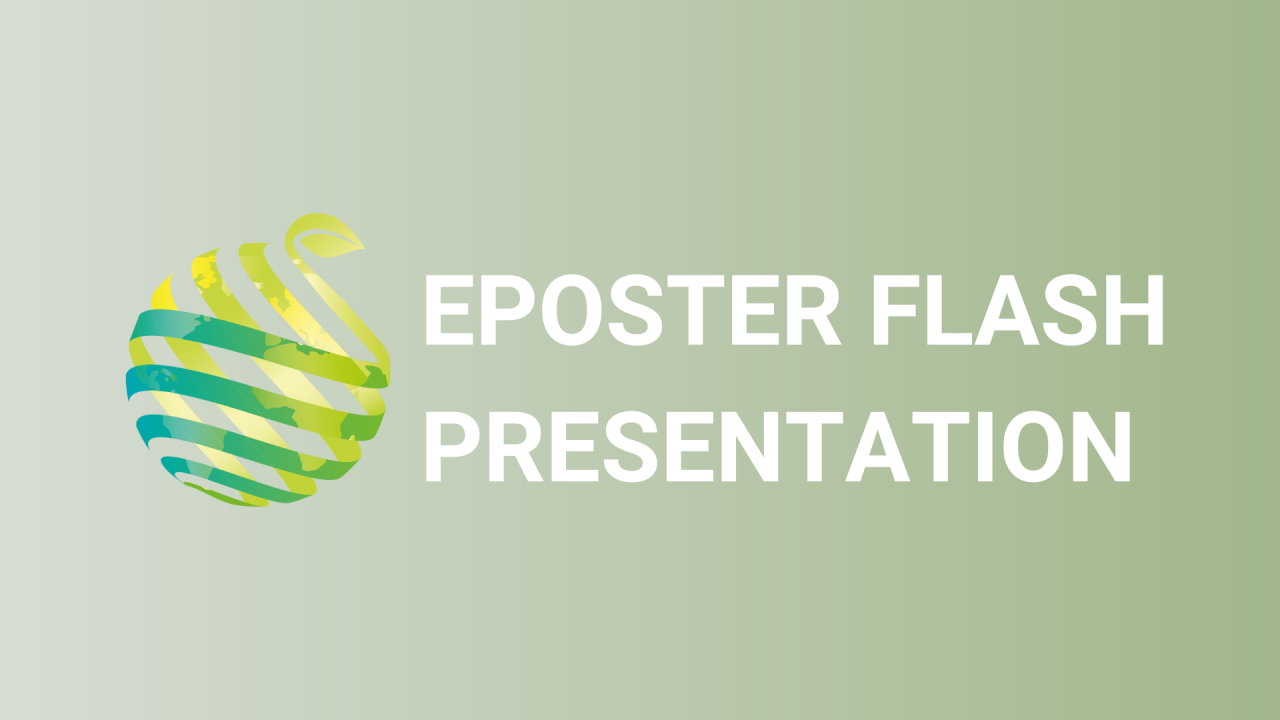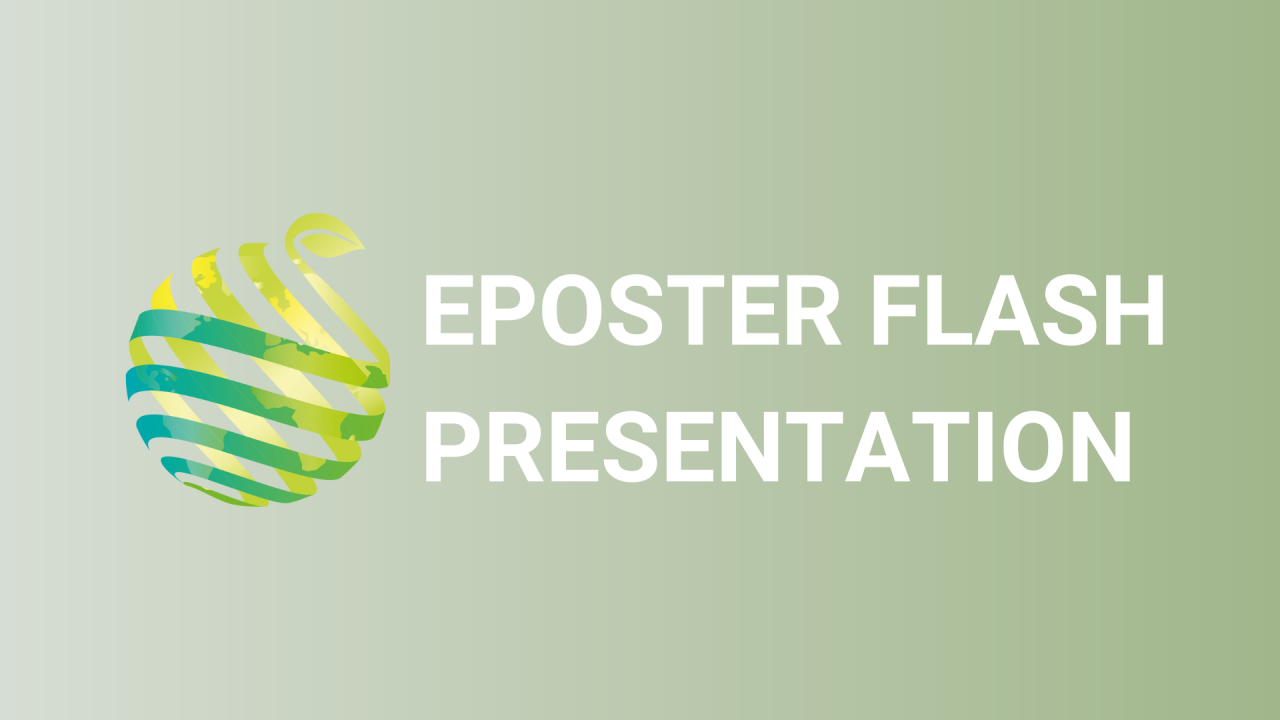

S14 - Session P5 - Combining canines and laboratory technologies in citrus huanglongbing surveys
Information
Authors: Peggy Mauk *, Georgios Vidalakis, William Schneider, Carolyn Slupsky, James Borneman, Esteban Rodriquez, Sohrab Bodaghi, Tyler Dang, MaryLou Polek
Huanglongbing (HLB), presumptive pathogen ' Candidatus' Liberibacter asiaticus (CLas), transmitted by the Asian citrus psyllid, is a threat to citrus worldwide. Early detection and elimination of infected trees is key to control. The most significant barrier to detecting CLas is sampling; CLas is phloem-associated and not evenly distributed throughout the tree. Canines are proficient at detecting a wide array of VOCs including unique complexes from plants and pathogens. In Florida, dogs were trained to detect the VOCs emitted from CLas infected trees and were found to be > 98% accurate. The objectives of this project were to capitalize on the innate ability of canines to alert on CLas-infected trees, compare results with laboratory-based assays and determine if canines can be used to streamline and focus large-scale surveys. Canine teams (F1-K9 LLC) surveyed research and germplasm collections at the University of California, Riverside (UCR) in 2017, 2019, and 2020. Metabolomic analysis was performed on the dog-alerted trees. Trees were tested for CLas with qPCR, high throughput sequencing (HTS), and serological assays. The UCR survey revealed patterns of dog-alerted trees associated with proximity to freeways and residential areas. Furthermore, dog-alerted trees increased from 3% to 13% over time. In comparison of dog-alerts to laboratory tests, we found 93% agreement with metabolomic analysis and 84% with serology using antibodies against CLas structural proteins. Neither qPCR nor HTS verified the presence of CLas DNA in the alerted trees, highlighting the need to revise leaf sampling protocols to identify CLas-infected field trees. In collaboration with California Department of Food and Agriculture, the canines surveyed backyard citrus and alerted with 92% accuracy on known qPCR-CLas positive trees. These combined efforts demonstrate that trained canines can enable regulators and researchers to focus limited laboratory testing resources on a reduced number of trees to verify pathogen status.